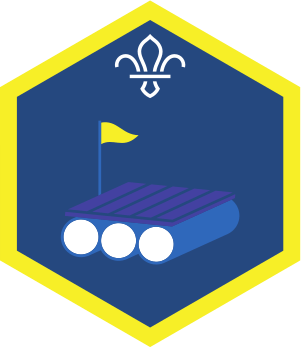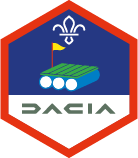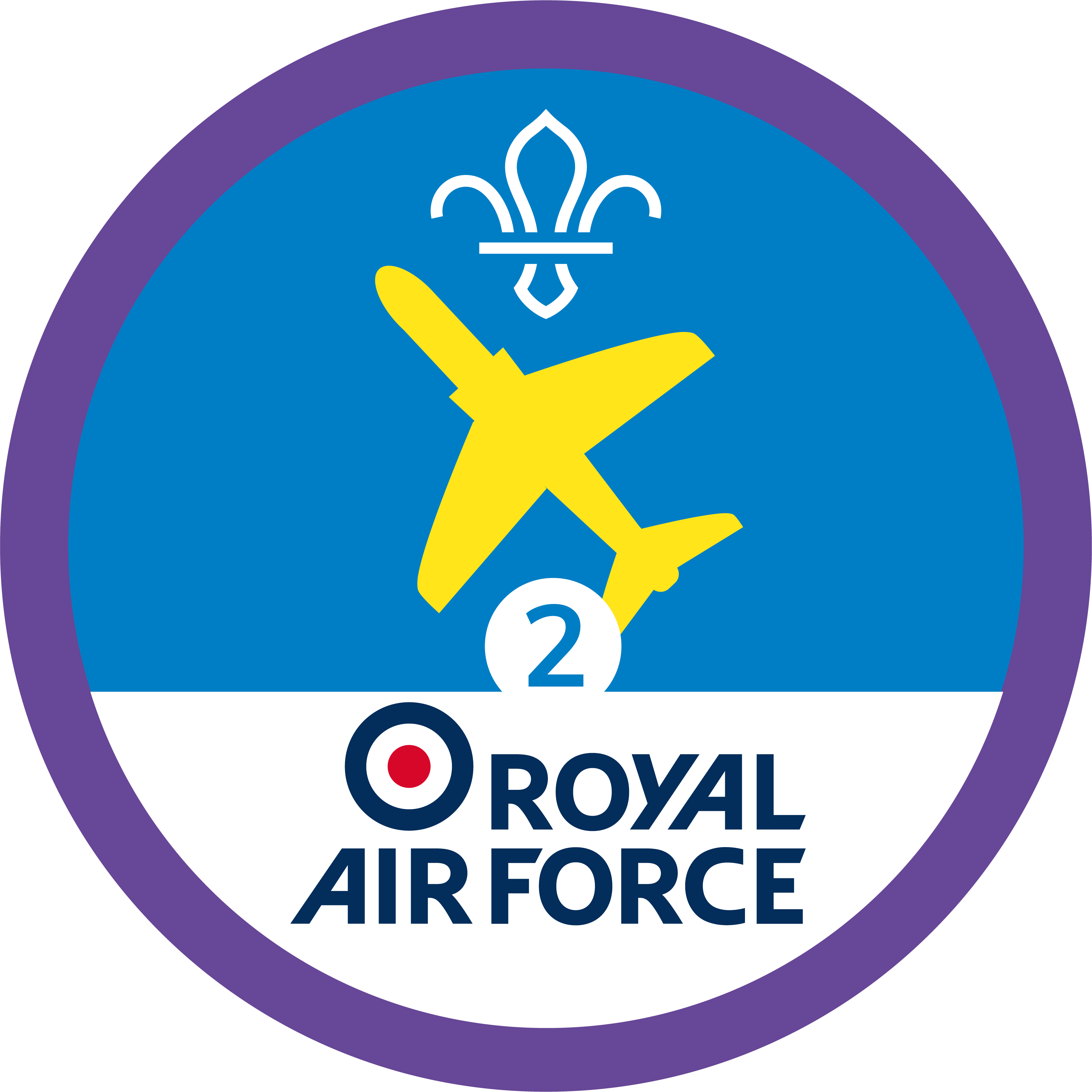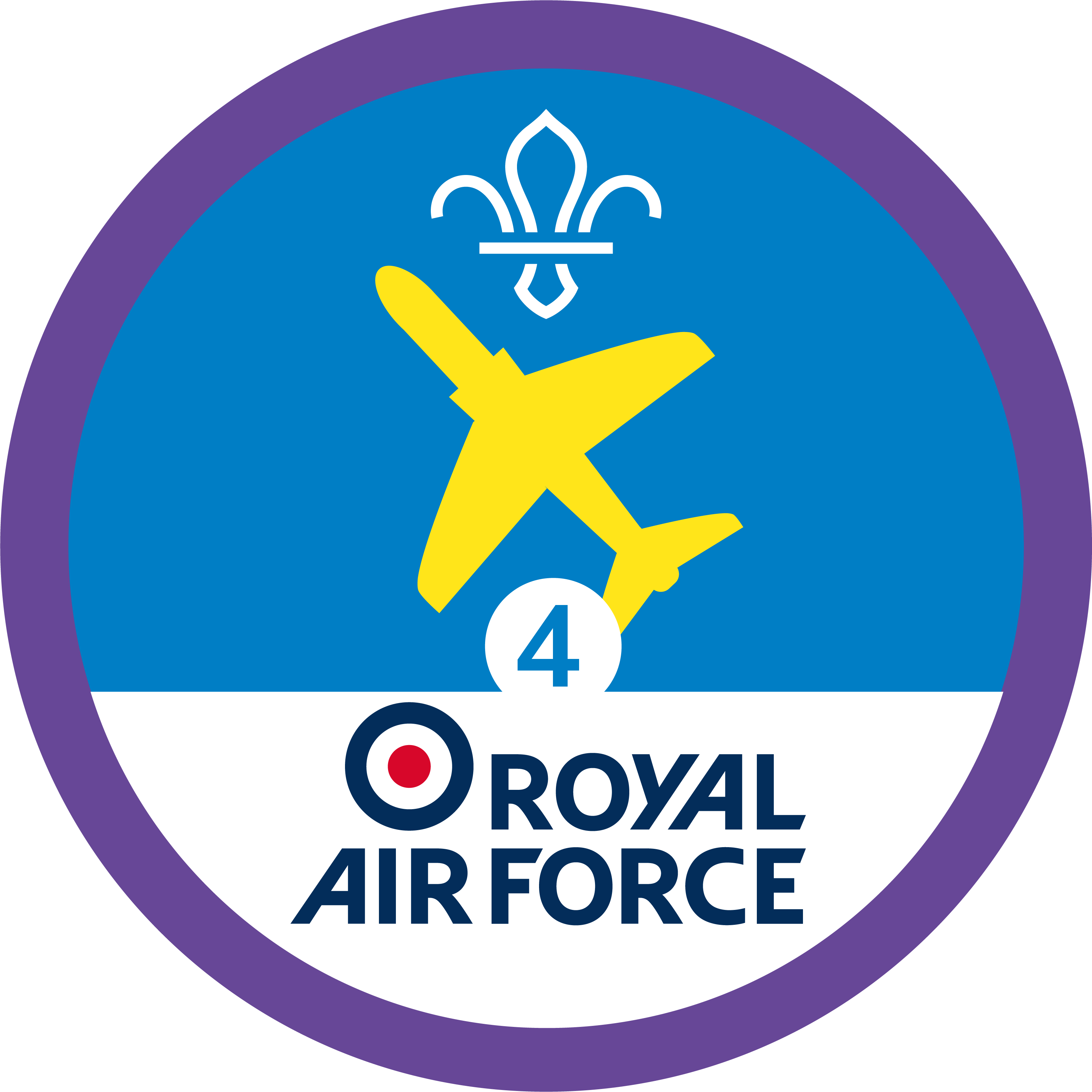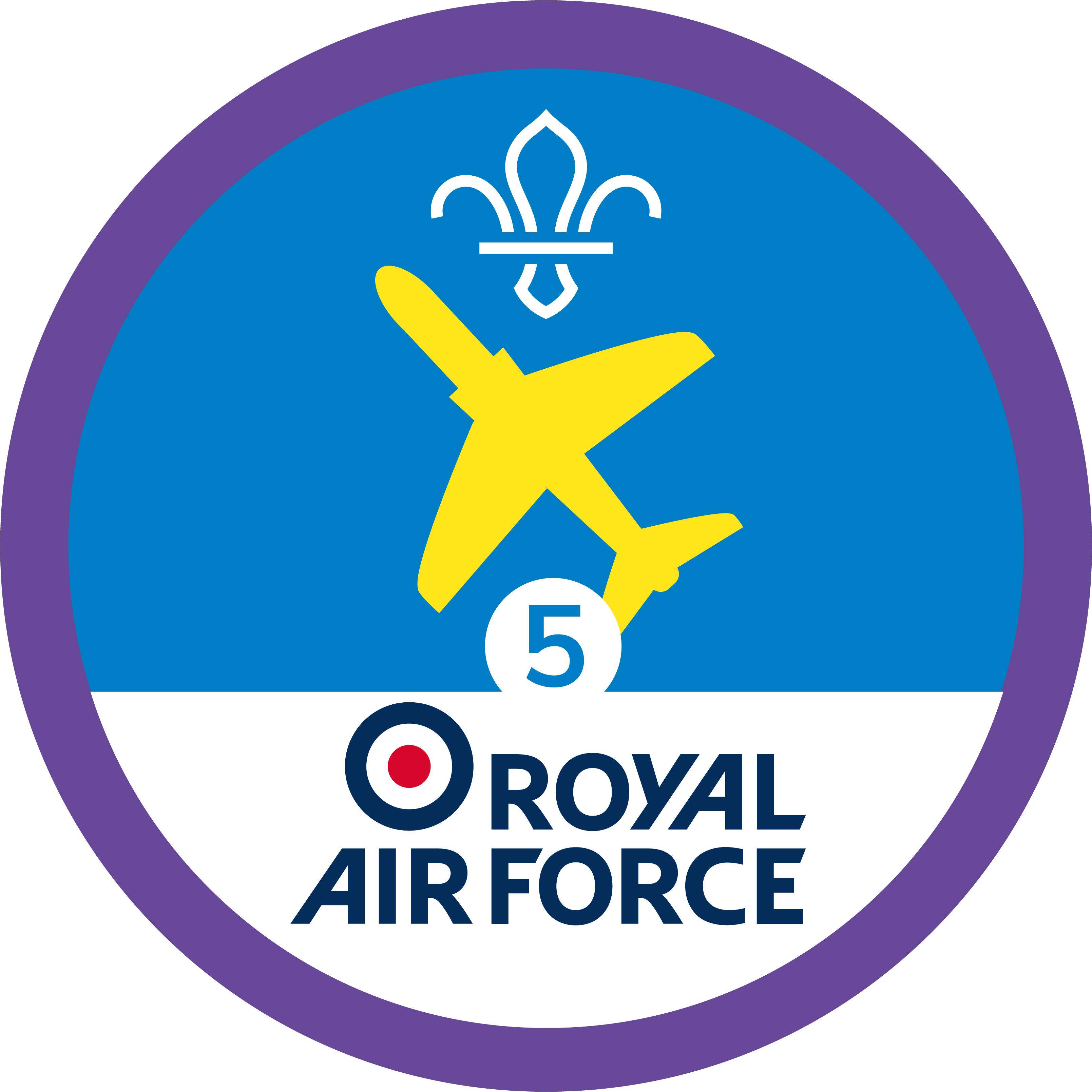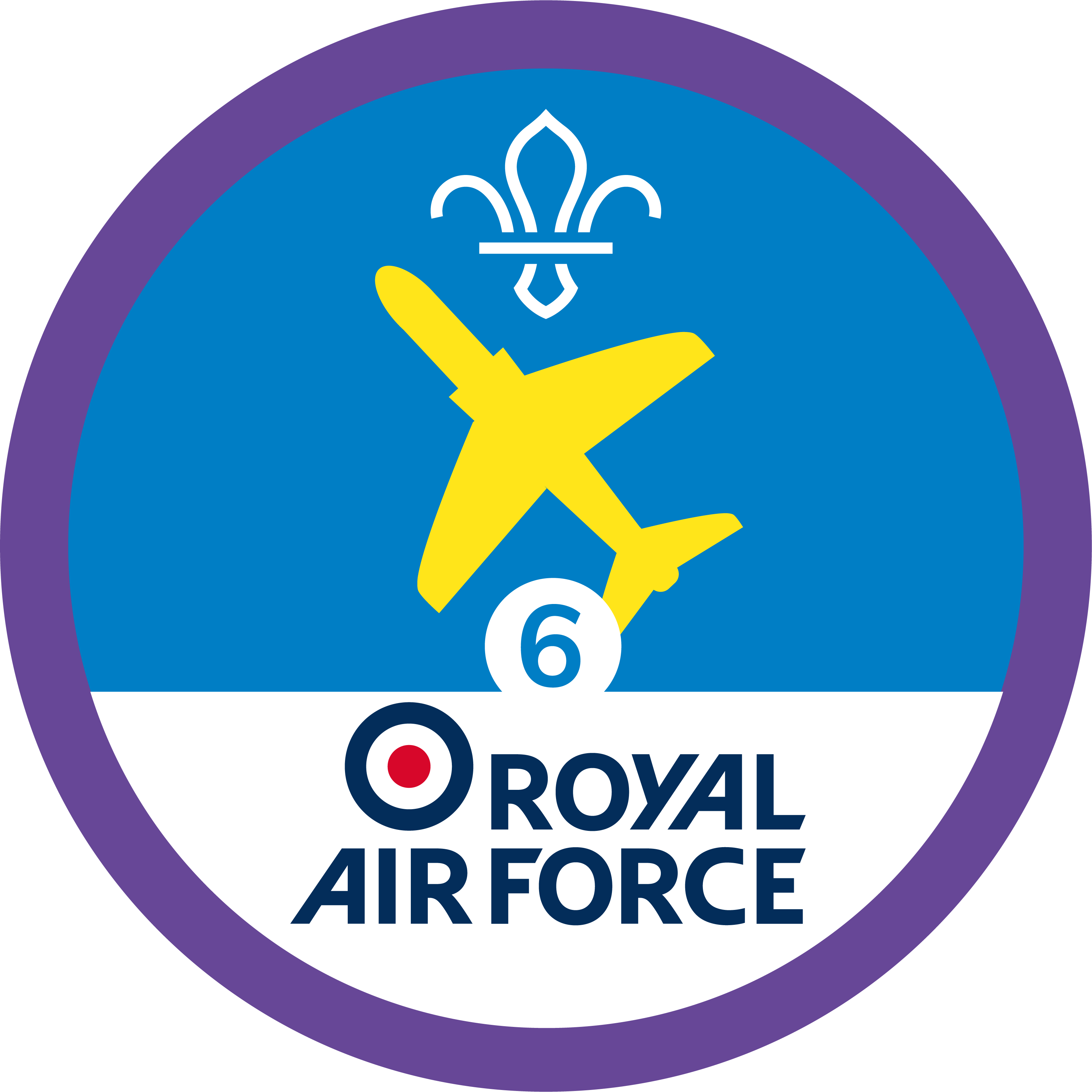Flying (powered aircraft)
What to expect
A flying experience could take a number of forms, depending on the age of your group, location and the type of aircraft. It doesn’t have to involve taking the controls. The experience could be as a passenger, navigator or for something else entirely, like airborne photography. Light aircraft are the starting point for every pilot. What you learn in a small plane applies equally if you move onto flying giant airliners, Mach 2 jet fighters or just flying around for fun.
With this activity, you’ll be able to learn first-hand how it feels to fly into the air and take control of a powered aircraft. Be sure to remember all the things you’ve learnt about planes as you take the controls for the first time. As well as the flying itself, you can also expect to see how an airfield works, learn how to anticipate the weather and pick up some other skills, such as aircraft marshalling.
What you’ll learn
Taking control of an aircraft can be a once in a lifetime opportunity for many people, so chances are that you’ll be trying new things you can’t do elsewhere. You’ll get a chance to put into practice some of the ideas you’ve learned, such as pre-flight checks, aircraft taxi patterns and taking account of the wind and weather. As well as this, you might get to go behind the scenes at an airfield, take a look in the hangars and see working aircraft up close.
In preparation, you may have to assist in planning the route, help with pre-flight checks and read the cockpit controls. This experience will let you see the world from a new angle and also help build your courage as you step outside your comfort zone. As a group, you’ll build up to the knowledge and skills needed to try your first flight. Safety will come first every step of the way, but this is still going to be a challenge and the experience may give you the determination to know you can take on more challenges and succeed.
Fun facts
The first powered aircraft to fly was designed by the Wright brothers in 1903. Its first flight was for just 120 feet. Their entire flight could have fitted inside the cabin of a modern jumbo jet!
Handy hints
- Dress for success. Wear light clothing and take sunglasses, as you might be looking towards the sky a lot.
- Remember to take tea. You might end up spending time outside, so taking a flask can stop you feeling cold or getting thirsty.
- Bring a camera. Chances are there will be lots to see and you could get some super photos!
Safety
You must always:
- Complete a risk assessment
- Have the right ratios of number of adults to provide suitable supervision
- Set up an InTouch process
- Know what to do in an emergency
- Share information with parents and carers with an activity information form
- Get approval from your commissioner
Be safe outdoors:
- Check the weather forecast
Preparing for your flying activities:
- Follow the general rules for air activities
- Make sure you have permission to access the airfield and it's safe to do so
- Make sure the pilot meets the requirements for the activity and have appropriate insurance in place
- Make sure everyone is appropriately briefed before the activity starts
- Stay safe when doing air activities, follow the air activities safeguarding guidance
- Notify HQ of your air activity.
Powered flight:
- Where payment is involved the flight provider must hold an Air Operators Certificate.
- Where payment is made for instruction those not undertaking instruction must not contribute financially to the activity.
This activity can be led by you or someone else in Scouts:
- Acceptable instructor qualifications
- Pilot or flying instructor - as outlined in POR rule 9.10.9
You can go to a centre or use an activity leader who is not part of Scouting:
You must find a suitable provider who meets the following requirements:- The centre/instructor should hold one of these:
- Pilot or flying instructor - as outlined in POR rule 9.10.9
The provider must have public liability insurance.
Guidance
Reflection
This activity helped you try something that not many people get the opportunity to do. Think about all the things you learned and the preparation you did leading up to this activity. There might’ve been a big build up to your first flying experience. Do you think it would’ve been harder without preparation? During long preparations, it can be easy to lose sight of what you wanted to achieve, but often preparation is necessary to try new things. Would you like to try flying again?
This activity helped you by getting you to do something completely outside your comfort zone. Think of the different perspectives that you might have taking on the challenge of flying, seeing the ground from a whole new angle and being jointly responsible for everyone’s safety both in preparation and during the flight. If this was your first time piloting, how did it feel? Some people feel nervous when they try things for the first time, but others get excited. Do you think you’d feel different if you did it again? Maybe you were nervous this time, but you’d be more enthusiastic if you tried it again.
- Flying can often be adapted so more people can give it a go. Many centres have facilities that cater for people with additional needs and experienced instructors to help everyone achieve their goals. Get in touch with your local provider to chat through the needs of people in your group. Make sure you give them plenty of notice.
- There are also a number of charities who aim to make flying accessible to all, such as Aerobility, who may be able to advise on some of the best ways to accommodate your group.
All Scout activities should be inclusive and accessible.
You can work up to this activity and complement it with other activities in the Air Activities Staged Badges, which run through a variety of stages. The stages start off gradually, but together provide an entire syllabus that’ll introduce your group to model planes, how lift and drag work on an aircraft, control surfaces for manoeuvre and the importance of weather conditions. Activities for the Air Activities Staged Badges can help young people prepare for flying a powered aircraft and also to continue their interest in other aspects of flight and methods of flying.
There are other flight-related badges that may interest Scouts specifically, including Air Spotter, Air Researcher and Astronautics.

